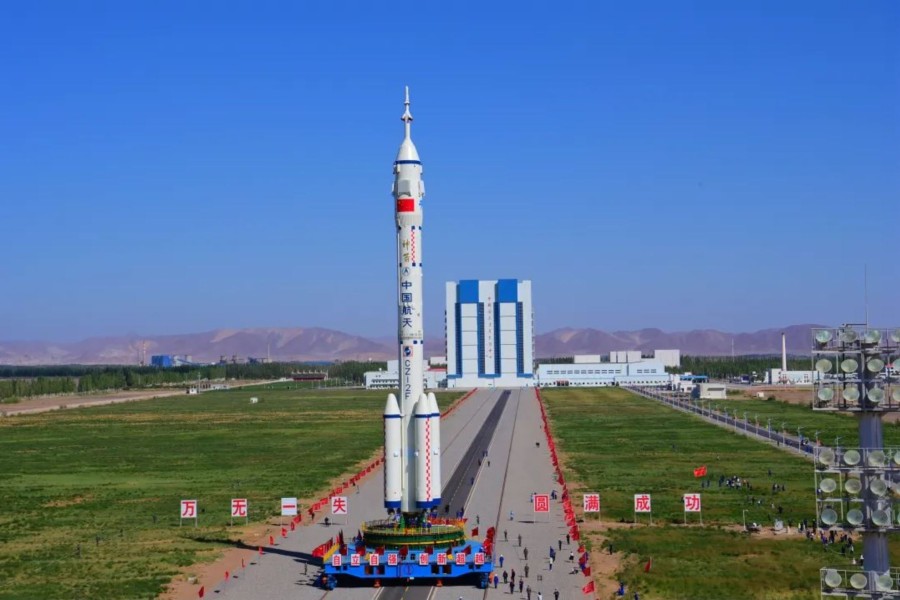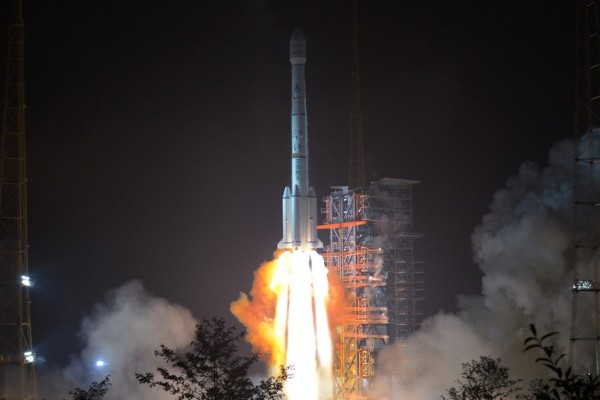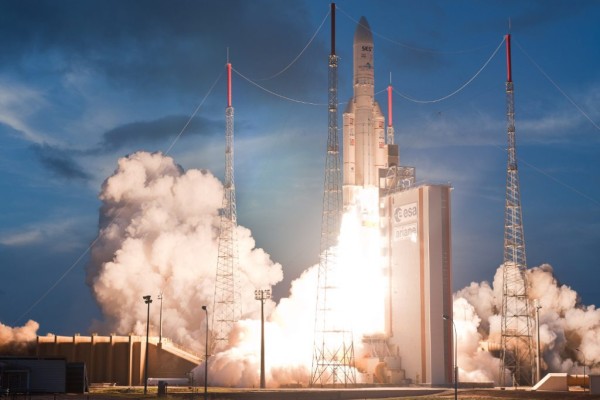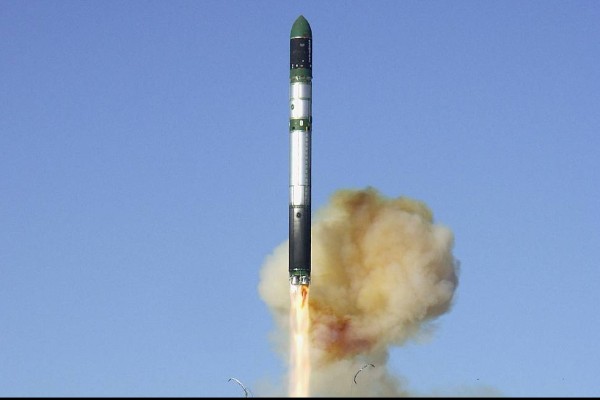- Space
- 1 year before
Shenzhou: A Symbol of China's Success in Space Exploration
Dive into the design and technical aspects of China's Shenzhou spacecraft, pivotal in manned missions. Explore its profound impact on space exploration
-

- 1 year before
- Category: Space

Shenzhou: China's Flagship Manned Spacecraft
Design and Specifications
Shenzhou is a three-module spacecraft designed for China's manned space exploration program. It bears similarities to the Russian Soyuz spacecraft but incorporates larger and more advanced features.
- Orbital Module: Provides living and working space for the crew during missions and facilitates scientific experiments.
- Re-entry Module: Carries the crew back to Earth and is designed for safe re-entry into the atmosphere.
- Service Module: Houses critical systems such as life support, propulsion, and power generation.
Shenzhou measures 9.25 meters in length and weighs approximately 7,840 kilograms.
Key Missions and Uses
Shenzhou has played a pivotal role in China's manned space program:
- Shenzhou 5: China's first manned spaceflight in 2003.
- Tiangong Missions: Transportation of crews to the Tiangong space station for extended stays.
- Scientific Experiments: Conducting experiments in orbit to advance scientific knowledge.
Shenzhou has significantly expanded China's capabilities in space exploration and laid the foundation for ambitious future projects.
Impact on Space Industry
The success of Shenzhou has solidified China's position as a major player in the international space community. It has:
- Demonstrated China's technological prowess in space exploration.
- Increased China's independence and competitiveness in the space sector.
- Laid the groundwork for future large-scale projects like the China Space Station.
Shenzhou serves as a testament to China's commitment to space exploration and research. It remains a crucial platform for the country's continued contributions to the field in the years to come.




